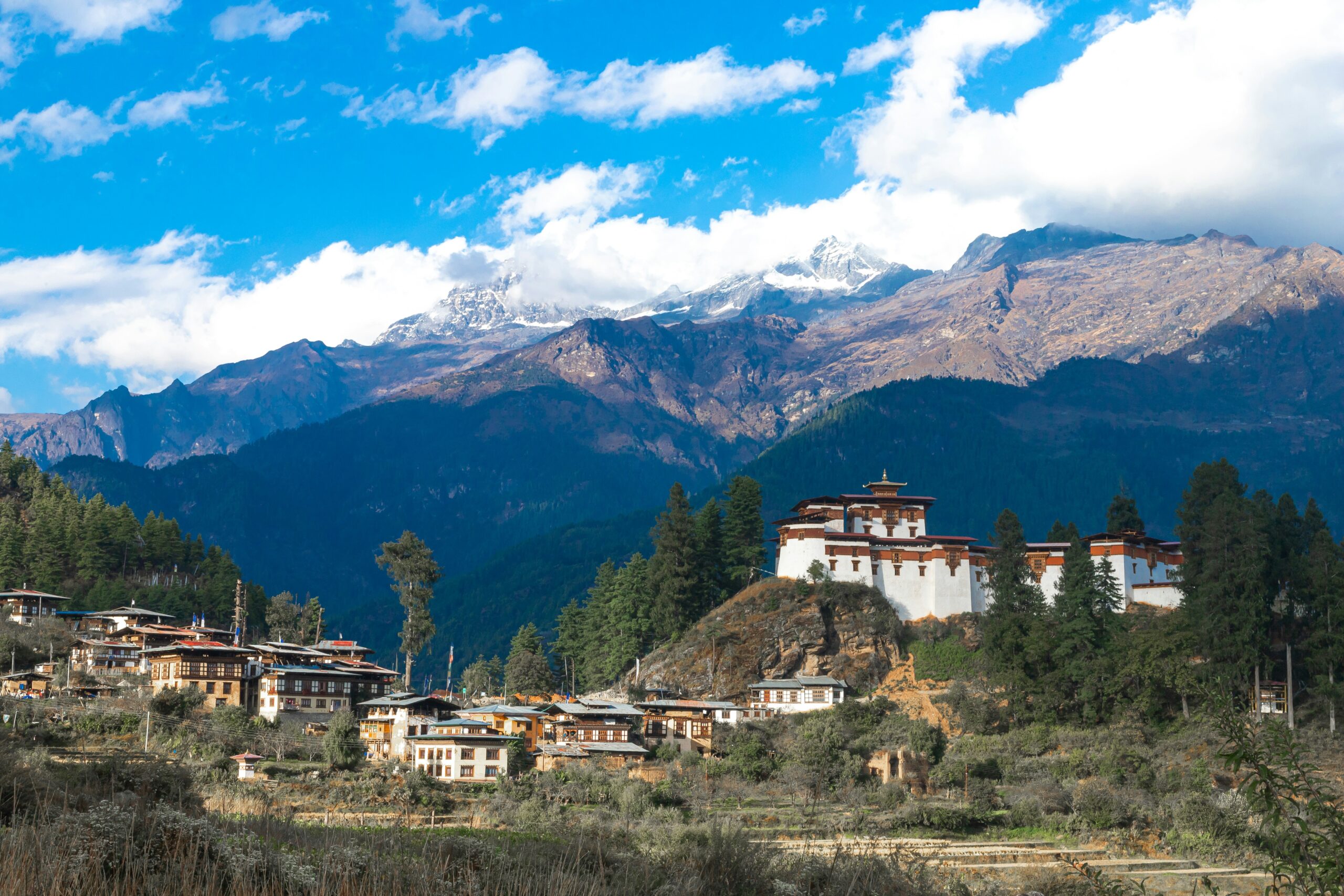Embarking on a Punakha Expedition: Your Comprehensive Travel Guide for an Unforgettable Bhutanese Experience
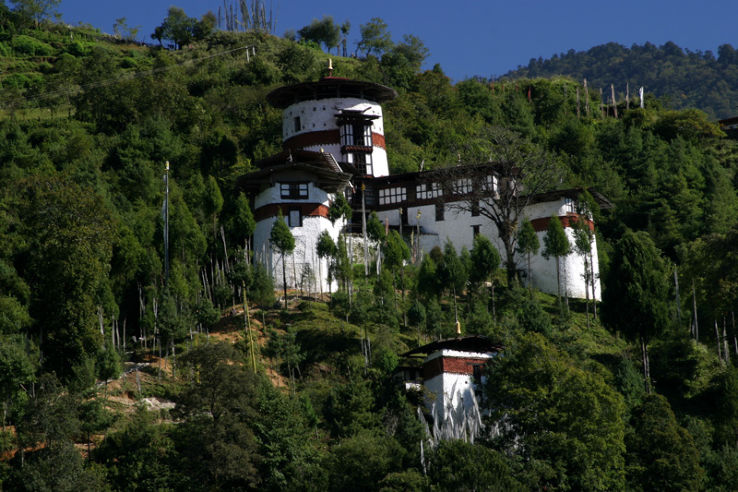
In this comprehensive guide, we provide valuable insights into planning your journey to Punakha from both India and abroad. Discover essential travel tips and key information to ensure a memorable trip to Punakha, a stunning city nestled in the captivating landscapes of Bhutan. Uncover answers to all your queries about things to do in Punakha and make the most of your Bhutanese adventure.
Discovering Punakha: A Voyage into Bhutan’s Enigmatic Beauty
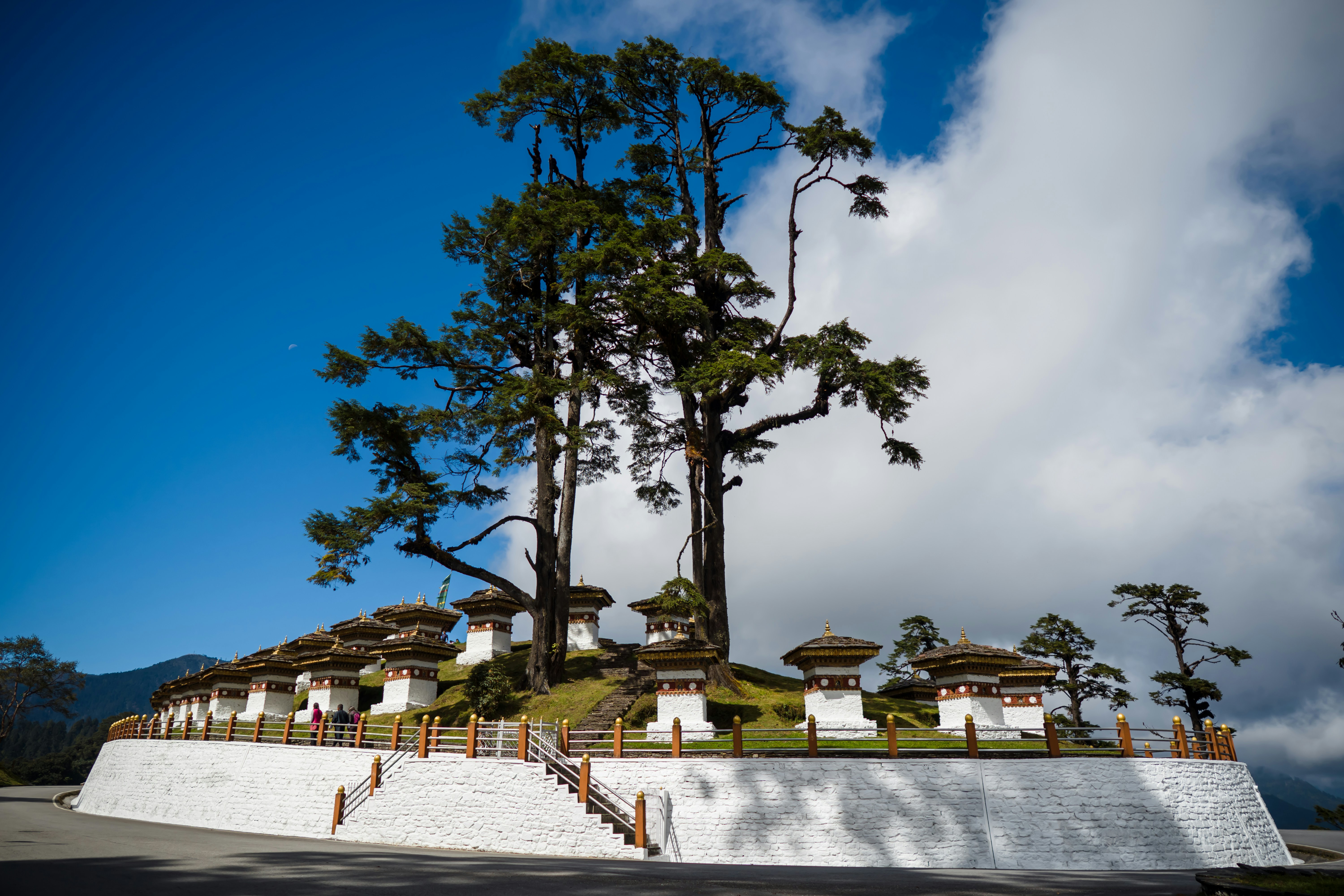
Nestled amidst the majestic Himalayan ranges, Punakha unfolds as a charming town, caressed by the Pho and Mo Chhu rivers. Formerly the capital of Bhutan, Punakha beckons with serene landscapes and harbors the sacred relic, Rang Jung Kharsapani. Immerse yourself in the allure of Punakha, an essential destination in Asia, adorned with ancient Buddhist architecture and embraced by the awe-inspiring Himalayas.
Intriguing Tidbits about Punakha:
1. Steeped in history, Punakha was Bhutan’s capital until 1955, predating Thimphu.
2. The fabled Punakha Dzong, erected in 1637-38, links to a prophecy of Namgyal’s arrival at an elephant-shaped hill.
3. Dubbed the rice bowl of Bhutan, Punakha significantly contributes to the nation’s rice production.
4. Chimi Lhakhang, the Fertility Temple, draws couples seeking blessings for conception.
5. The Punakha suspension bridge, spanning 186-180 meters, offers breathtaking views above the River Po Chu.
6. The Punakha Tshechu festival unfolds with the unfurling of a colossal tapestry honoring Guru Rinpoche.
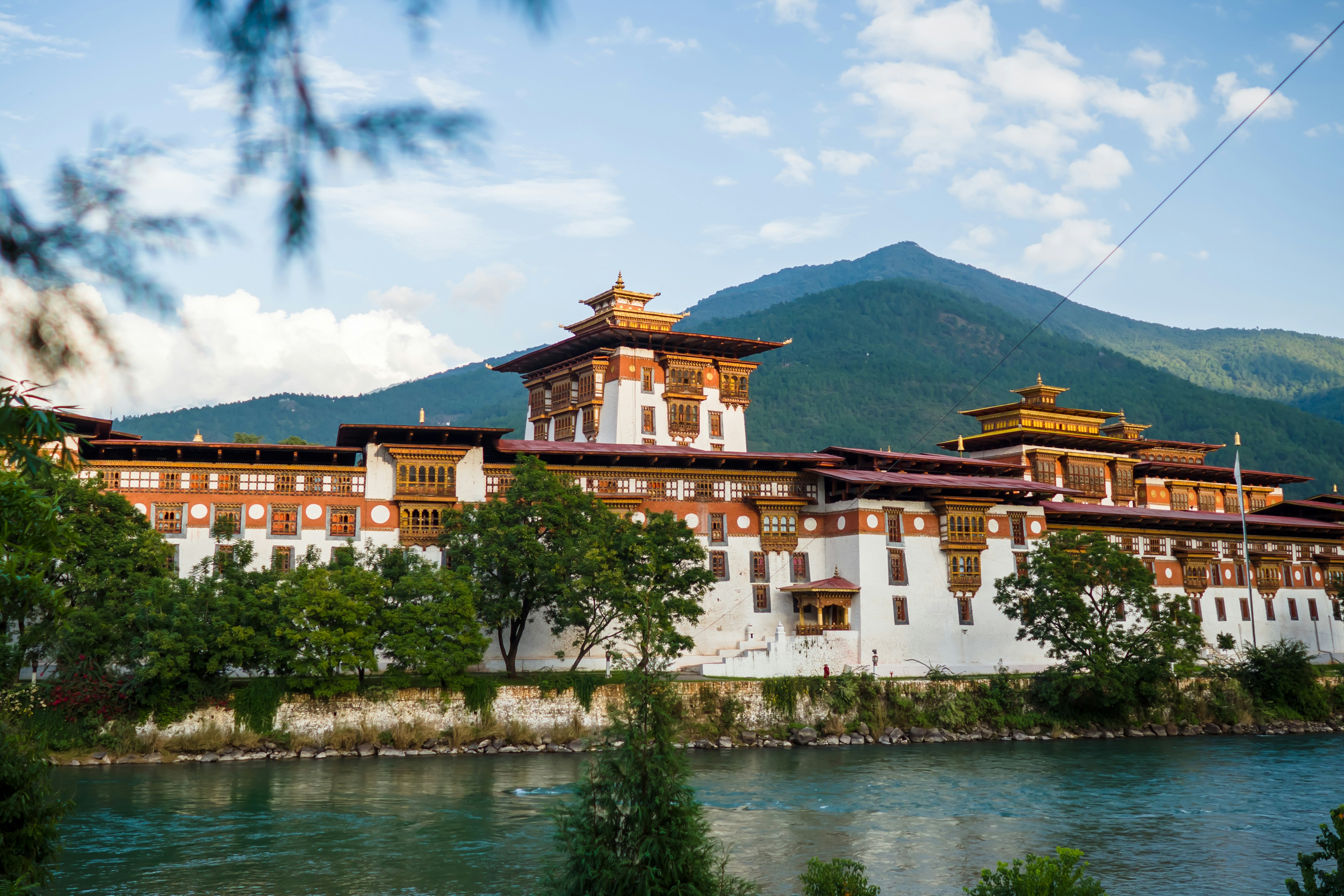
Navigating the Path to Punakha:
– By Air: Board a flight to Paro, Bhutan, followed by a scenic bus journey to Punakha.
– By Road/Train from India: Traverse into Bhutan from Jaigaon, West Bengal, to reach the enchanting Punakha.
Visas and Tourist Permits:

– Citizens from India, Bangladesh, and Maldives can secure tourist permits upon arrival.
– International travelers must obtain visa clearance through licensed Bhutanese tour operators.
The Minimum Daily Package:
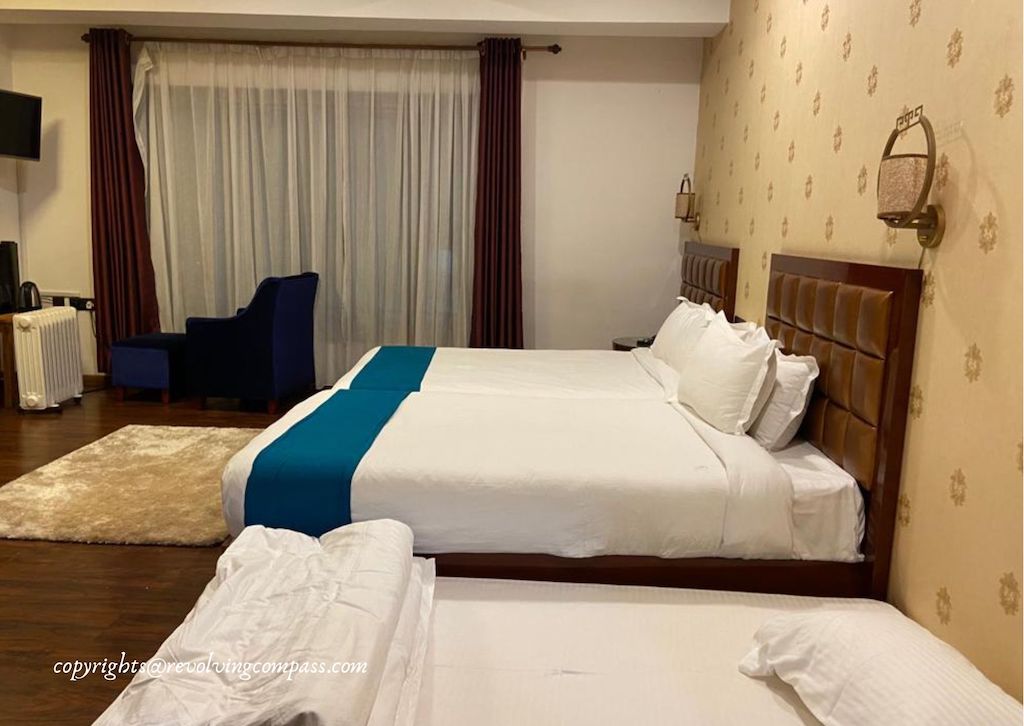
– Encompassing 3-star accommodation, meals, a Bhutanese guide, and transportation.
– USD $200-250 per person per night, varying with the seasons.
Venturing into Restricted Areas:
– Beyond Punakha, Thimphu, and Paro, special permits are requisite for certain areas.
– Exploring Bhutanese temples mandates additional permits.
Pinnacle Attractions in Punakha:
1. Punakha Dzong: A majestic fortress at the confluence of Pho and Mo Chhu rivers.
The confluence of two rivers cradles Punakha Dzong, a majestic fortress that stands as a testament to Bhutanese architecture and history. Surrounded by lush landscapes, it is a masterpiece that reflects the nation’s spiritual heritage.
2. Chimi Lhakhang: A fertility temple dedicated to Lama Drukpa Kunley.
3. Khamsum Yulley Namgyal Chorten:
Nestled amidst the verdant hills of the Punakha Valley in Bhutan, the Khamsum Yulley Namgyal Chorten stands as a magnificent testament to Bhutanese artistry and spirituality. Built to ward off negative forces and promote peace, this enchanting chorten is a relatively recent addition to Bhutan’s religious and cultural landscape.
Constructed in 2004, the Khamsum Yulley Namgyal Chorten is perched atop a hillock and offers panoramic views of the surrounding landscapes, including the lush Punakha Valley and the meandering Mo Chhu River. Its architectural design, adorned with intricate carvings and vibrant paintings, reflects the rich traditions of Bhutanese craftsmanship.
Crafted by the Queen Mother, accessible after a scenic hike.
4. Talo:
Nestled amidst the picturesque landscapes of Bhutan, Talo stands as a charming village, inviting visitors into a world of serene beauty and cultural richness. Located in the Punakha district, Talo is a hidden gem that showcases the essence of traditional Bhutanese life against a backdrop of lush greenery and rolling hills.
As you approach Talo, the air becomes crisp, and the ambiance takes on a tranquil quality that seems to transcend time. The village is renowned for its well-preserved Bhutanese architecture, with traditional houses adorned with intricately carved wooden facades and vibrant colors that add a touch of vibrancy to the surroundings.
A picturesque monastery atop a plateau, complemented by a nearby village.
5. Punakha Ritsha Village:
Nestled in the embrace of the Punakha Valley, Ritsha Village emerges as a tranquil haven, where the pulse of Bhutanese life beats harmoniously with the rhythm of nature. This quaint village, with its traditional Bhutanese architecture and verdant surroundings, invites visitors to step into a world where simplicity and beauty converge.
As you approach Punakha Ritsha Village, the sight of traditional farmhouses with intricately carved wooden facades welcomes you. The village exudes a timeless charm, offering a glimpse into the enduring traditions of Bhutan. Each dwelling seems to tell a story, reflecting the cultural heritage of the region and the craftsmanship passed down through generations.
Immerse yourself in organic farming and witness the cultivation of red and white rice.

Beyond the Ordinary in Punakha:
– Engage in white-water rafting on the spirited River Mo Chhu.
– Traverse the exhilarating Punakha Suspension Bridge, spanning the River Mo Chhu.
– Seek blessings and purification of deeds at Rangjung Kharsapani.
Currency Dynamics in Punakha:
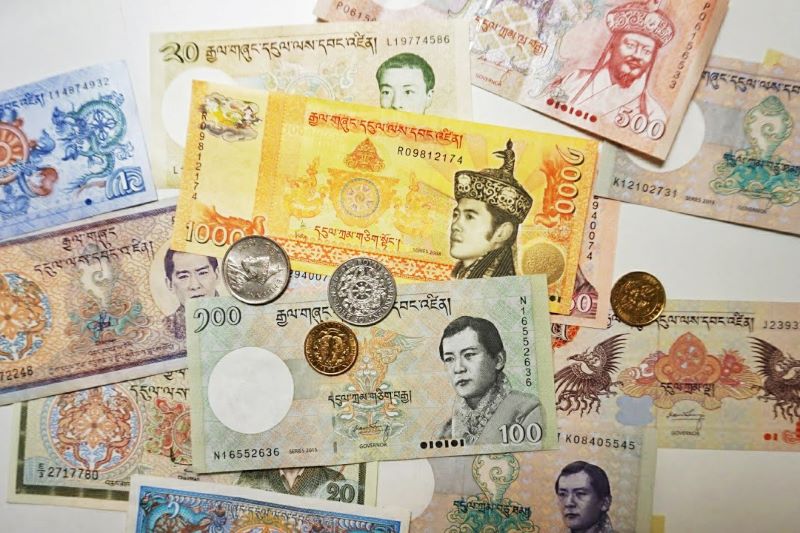
– The Bhutanese Ngultrum is the official currency, with $1 equating to approximately 70 Ng and €1 to 80 Ng.
– Indian currency (INR) is widely accepted, excluding INR 2000 and INR 500 notes.
Choosing the Perfect Time for a Punakha Sojourn:
– Spring (March to May): Revel in blossoms and pleasant weather.
– Summer (June to August): Embrace warm weather with sporadic rainfall.
– Autumn (September to November): Encounter mild weather and partake in vibrant festivals.
– Winter (December to February): Witness Punakha transformed into a magical winter wonderland.
Embark on a transcendent journey to Punakha, where enchanting vistas and cultural wonders await. This comprehensive guide ensures a seamless and unforgettable exploration of Bhutan’s hidden gem.








